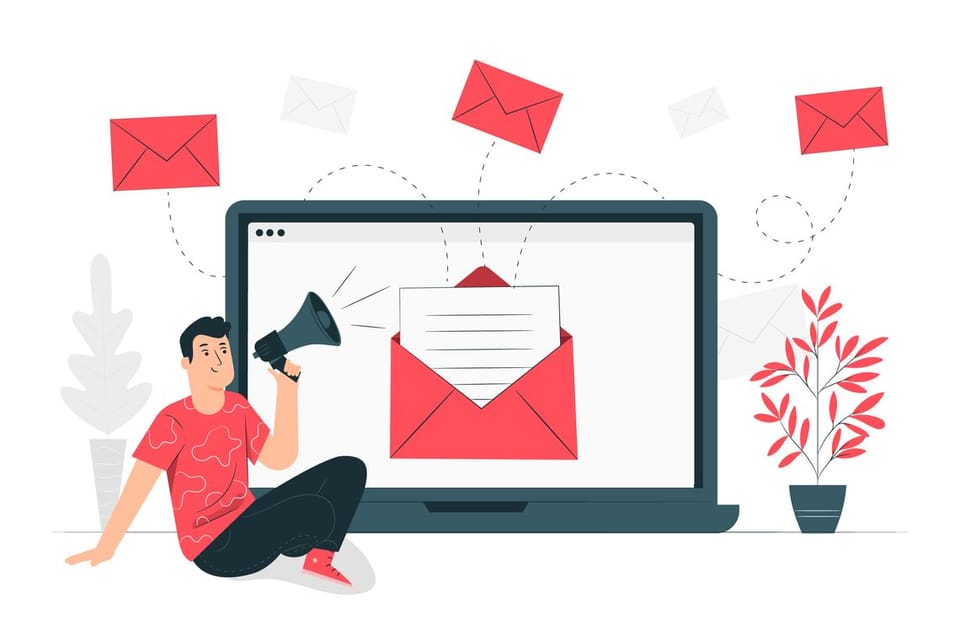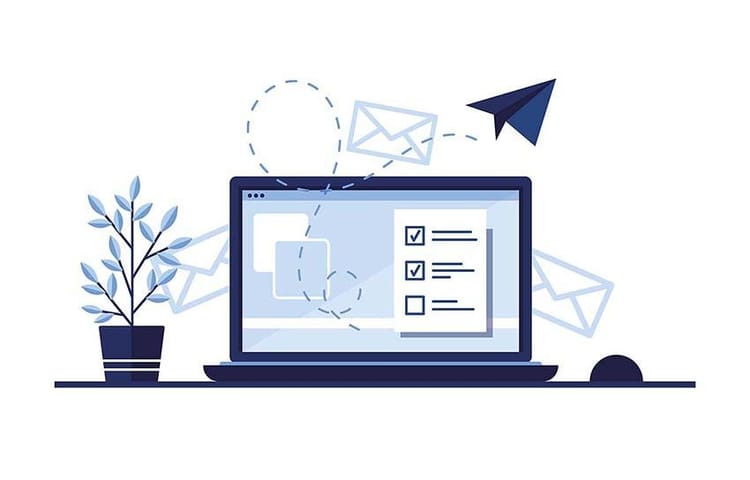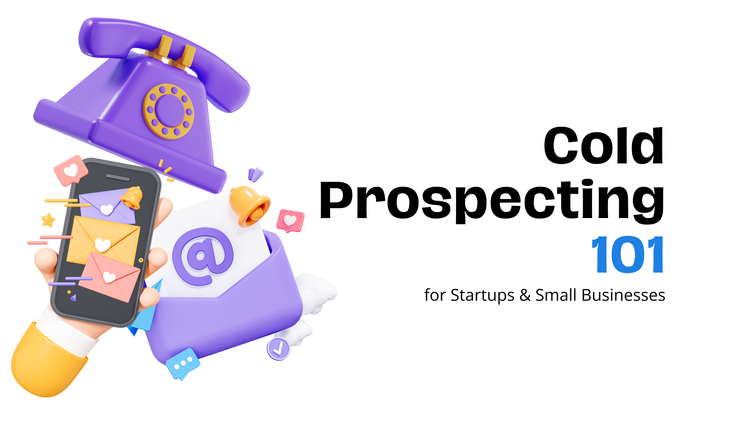LinkedIn Email Finder vs. Traditional Prospecting: A To-The-Point Comparison

40% of salespeople find prospecting the toughest part of the sales process. Prospecting is crucial for business growth, customer retention, and more. However, the methods haven't changed much.
Many businesses swear by traditional methods like networking events, referrals, and in-person meetings. While others like exploring modern ways to find their target audience, such as using a LinkedIn Email Finder tool.
LinkedIn Email Finder tools and Traditional Prospecting methods have their advantages and limitations. The choice between them depends on your specific needs, goals, and resources.
This post will help you understand which method makes more sense for your sales type.
Also read: LinkedIn Sales Navigator: What is This, How to Use, Best Practices, and More.
LinkedIn Email Finder: The Modern Approach
LinkedIn Email Finder is a modern tool to find email addresses of LinkedIn members. It works by:
- Profile Scraping: Extracts data from LinkedIn profiles like name, job title, and company.
- Email Pattern Analysis: Predicts email addresses using common patterns (e.g., "firstname.lastname@company.com").
- External Data: Combines LinkedIn data with external databases to verify email addresses.
- User Input: Users can input additional info for better accuracy.
Benefits of using LinkedIn Email Finder
- Automation: Quickly extracts email addresses, saving time.
- Efficiency: Ideal for reaching many prospects on LinkedIn.
- Accuracy: High success rate but not always 100% due to privacy settings.
- LinkedIn Integration: Easily extracts info from LinkedIn profiles.
Limitations
- Limited Information: Provides email addresses only; more research may be needed to access other details like phone number, address, etc.
- Limited Free Access: Many tools offer limited free access and require payment.
Also Read: How to Use LinkedIn For Prospecting B2B Sales Leads
Traditional Prospecting: The Time-Tested Method
Traditional Prospecting means finding potential customers through old-school methods, not digital ones. Here are common Traditional Prospecting methods:
- Networking: Building relationships in person to connect with potential leads.
- Referrals: Using existing contacts to get introductions to new leads.
- In-person Events: Showing products or services at industry events to engage with potential customers.
- Door-to-Door Sales: Visiting homes or businesses to present products or services.
Benefits of Traditional Prospecting
- Personalization: Traditional methods allow for a personal approach, increasing response rates.
- Relationship Building: They're effective for building lasting connections with prospects.
- Comprehensive Information: You can gather various information about prospects.
Limitations
- Resource-Intensive: Traditional Prospecting is time-consuming and resource-heavy.
- Higher Costs: It can be costly due to travel, marketing materials, and phone bills.
- Intrusiveness: Some methods may annoy leads.
Comparing LinkedIn Email Finder and Traditional Prospecting
Importance of a Hybrid Approach:
Combining LinkedIn Email Finder and Traditional Prospecting works best. Here's why:
Broader Reach: LinkedIn email finder tools help connect with a wide audience, while traditional methods engage leads personally.
Relationship Building: Traditional Prospecting fosters deeper connections, complementing LinkedIn outreach.
Diverse Strategies: Different business needs require different strategies. A hybrid approach tailors methods to your goals and audience.
Lower Risks: Relying on one method is risky. A hybrid approach gives a backup if one proves less effective.
Conclusion
LinkedIn Email Finder tools offer efficiency and scalability for gathering contact info from LinkedIn profiles. However, they may not match the depth and personalization of Traditional Prospecting methods.
The choice between them depends on your specific goals and the importance of personalization and relationship-building in your sales or marketing strategy. Many professionals combine both approaches to strike a balance between efficiency and effectiveness in their prospecting efforts.
Ready to try your next LinkedIn Email Finder tool?
Yes, try Skrapp!
Here's how to get started:
- Download the Skrapp Google Chrome web extension.
- Open the prospect's LinkedIn profile.
- Click the web extension button at the top right. Their email address will appear in a pop-up window.
- Select the list to save their information.
Watch the video tutorial on getting started with Skrapp LinkedIn Email Finder.





